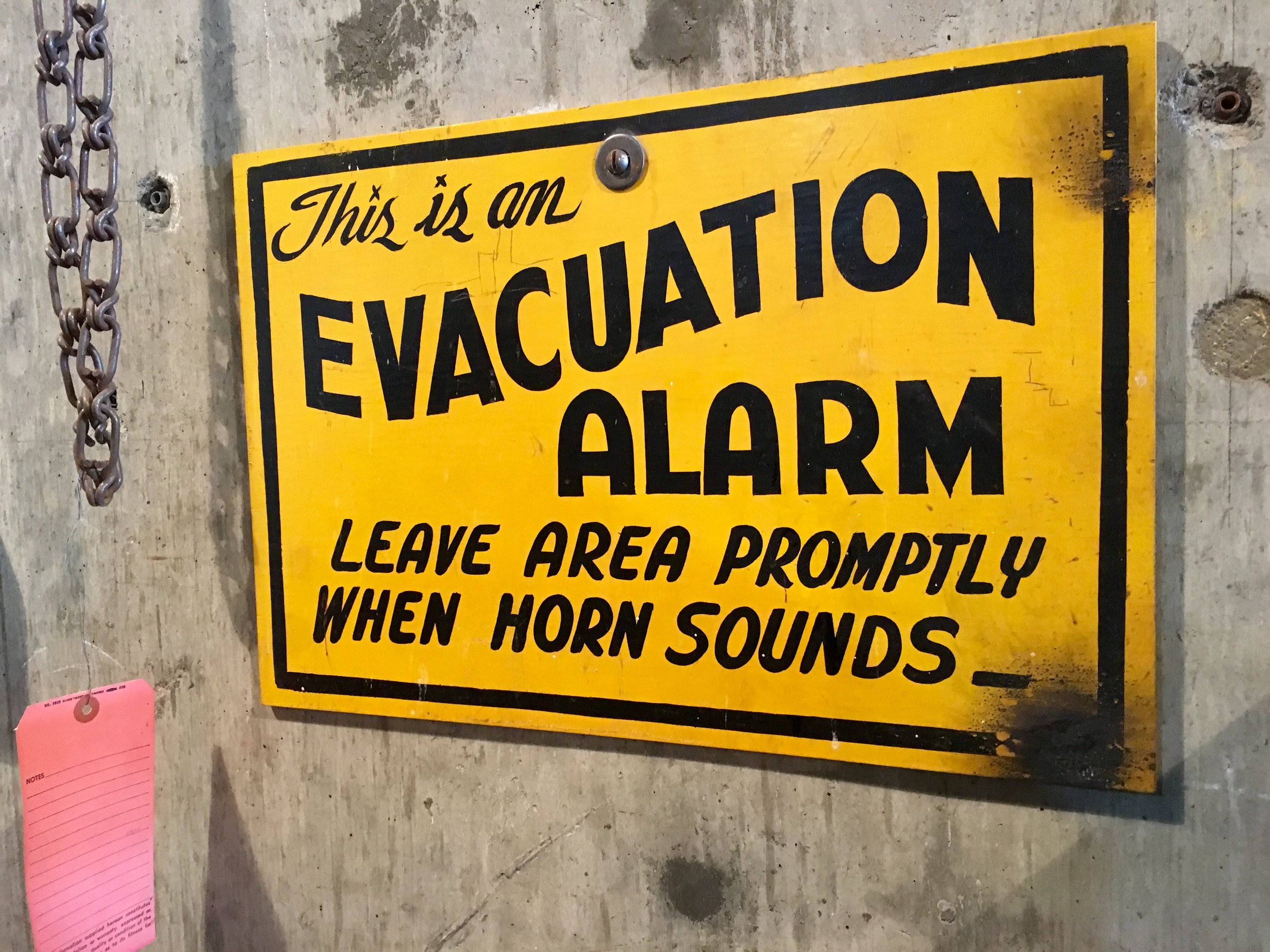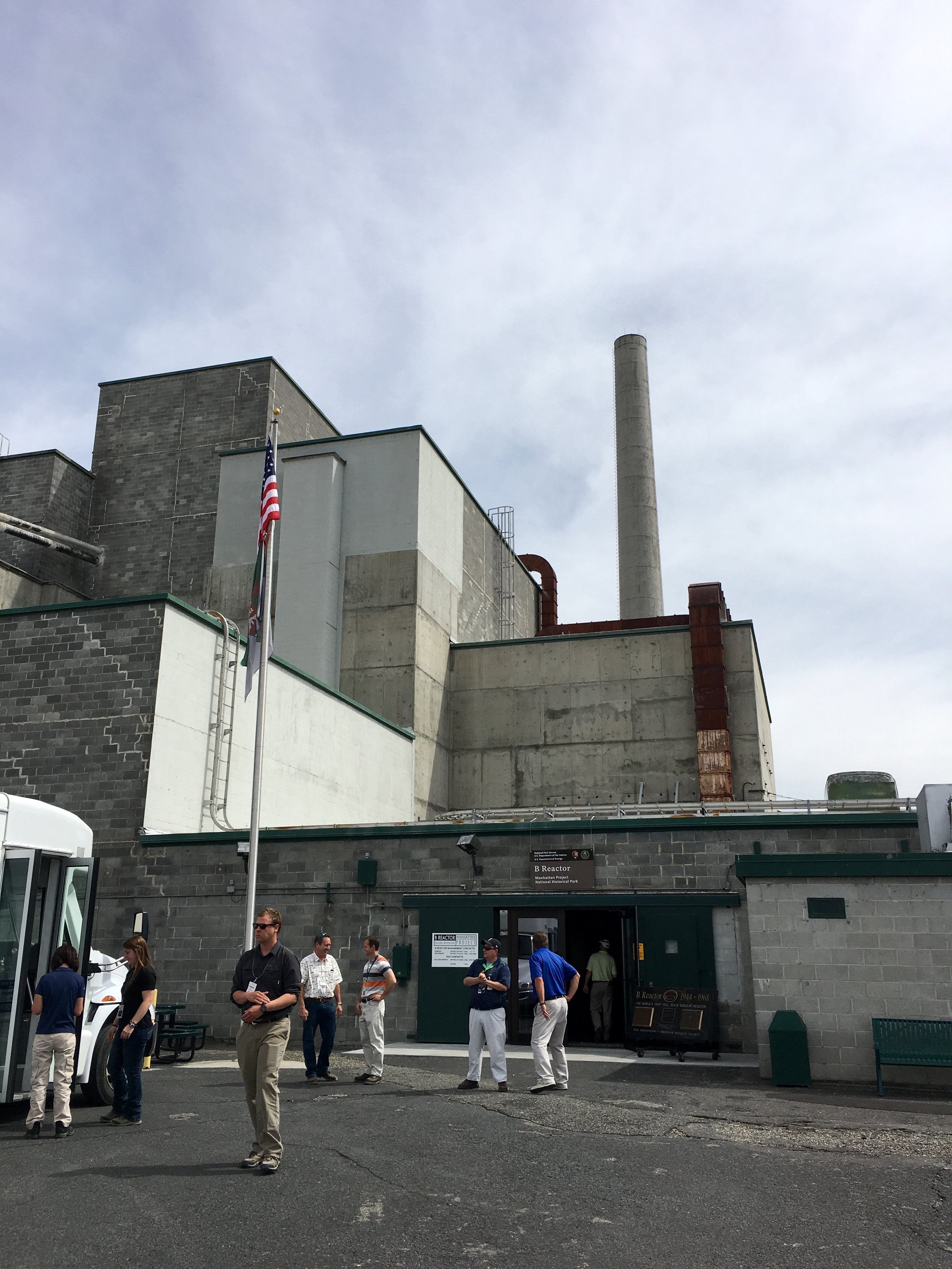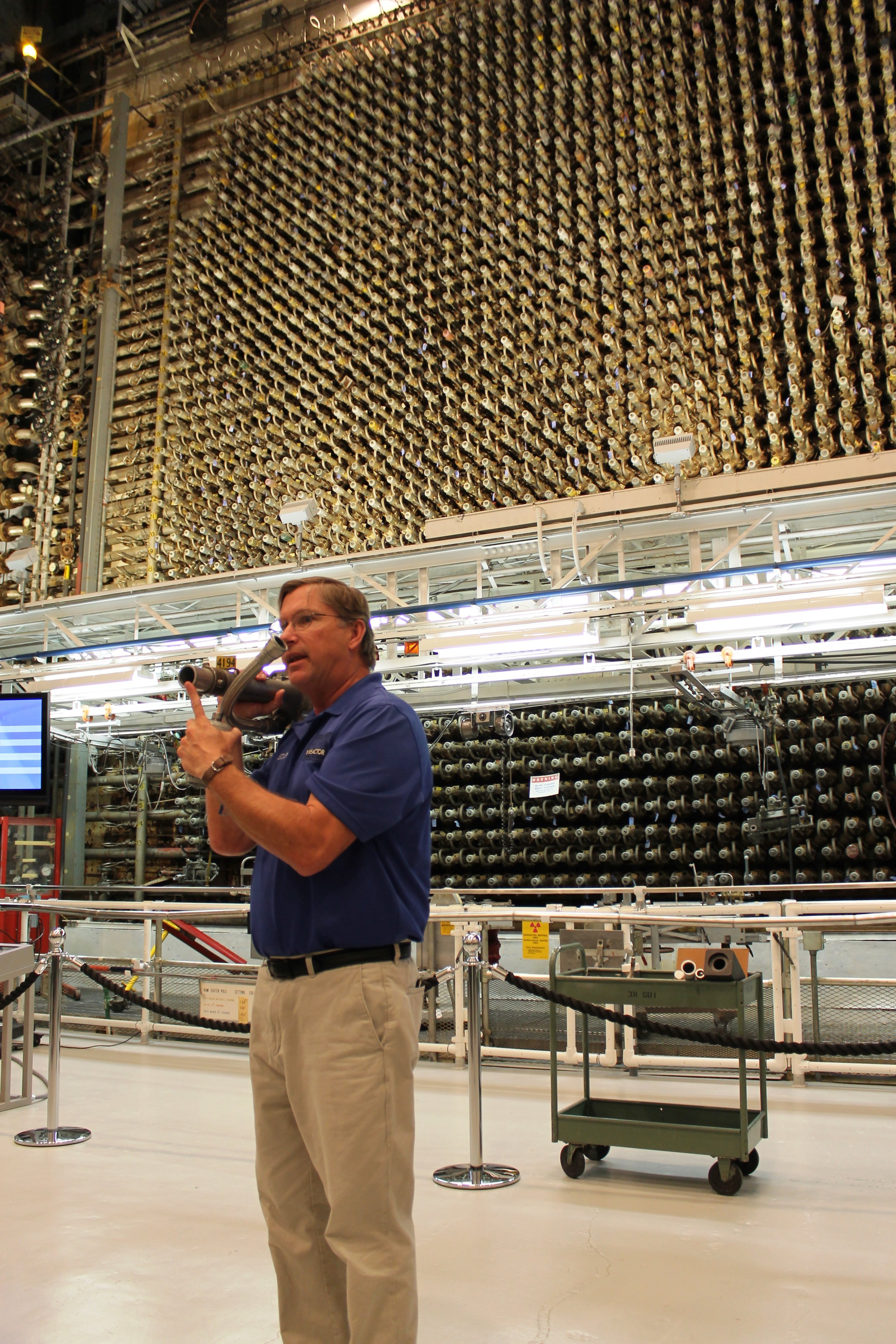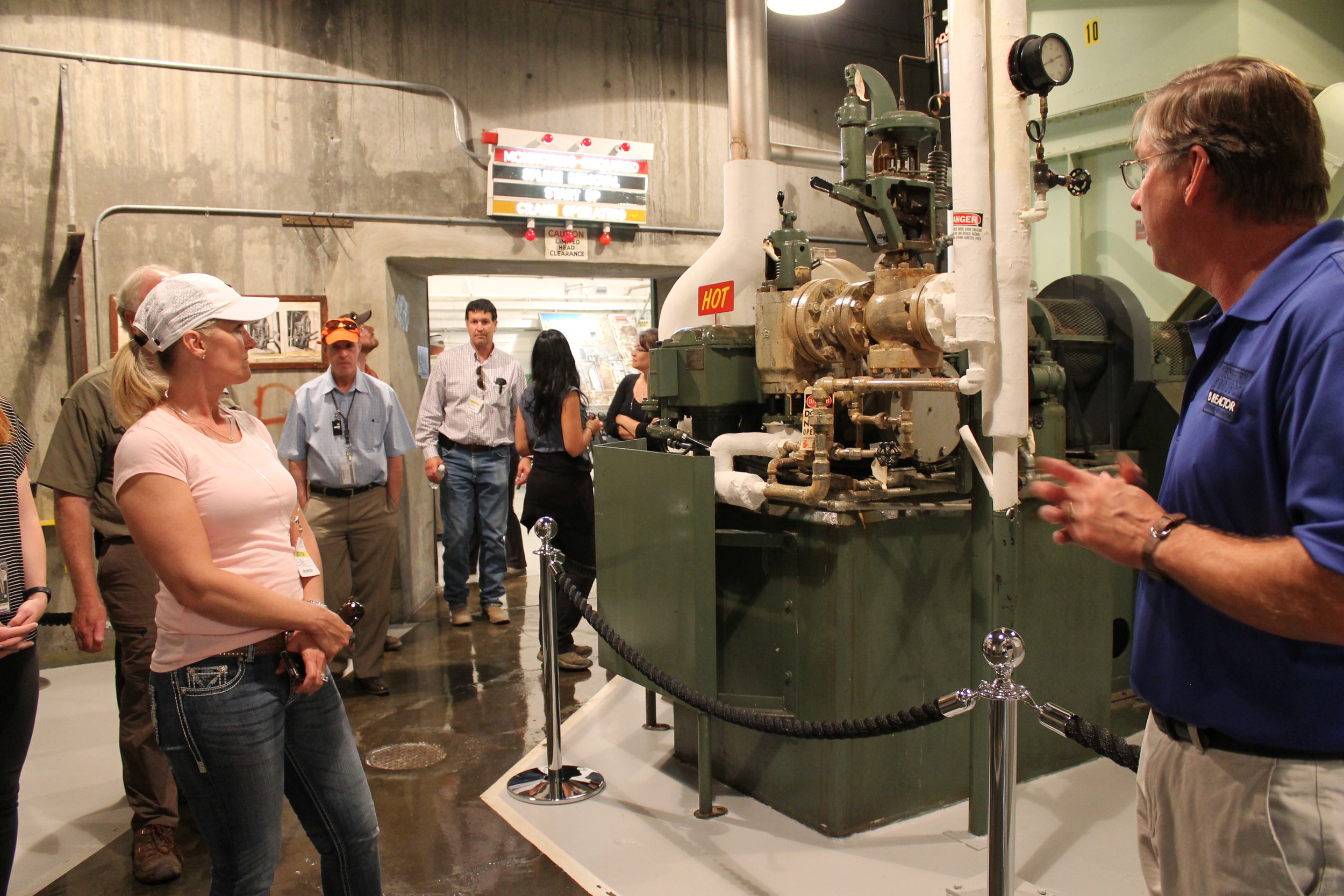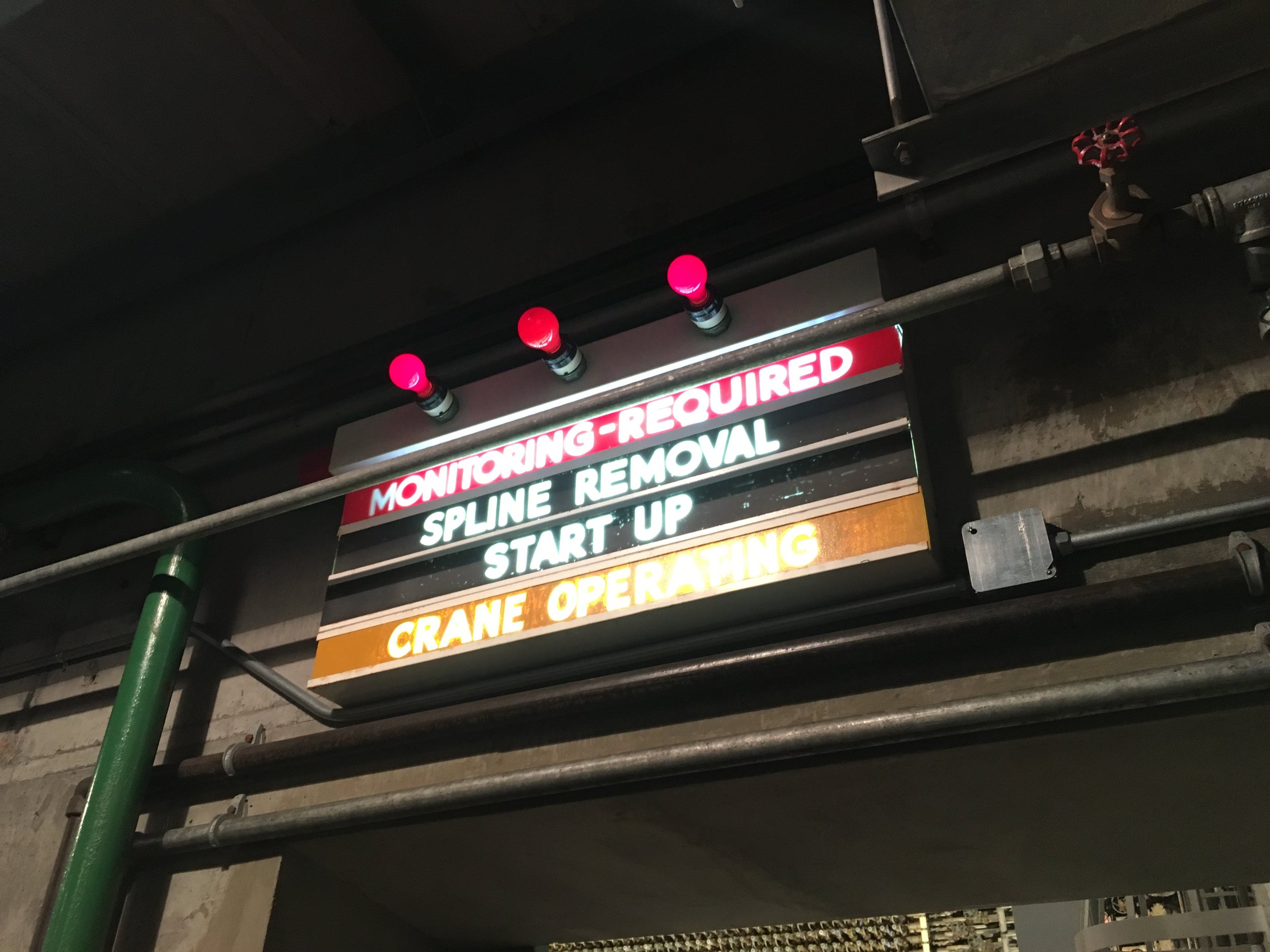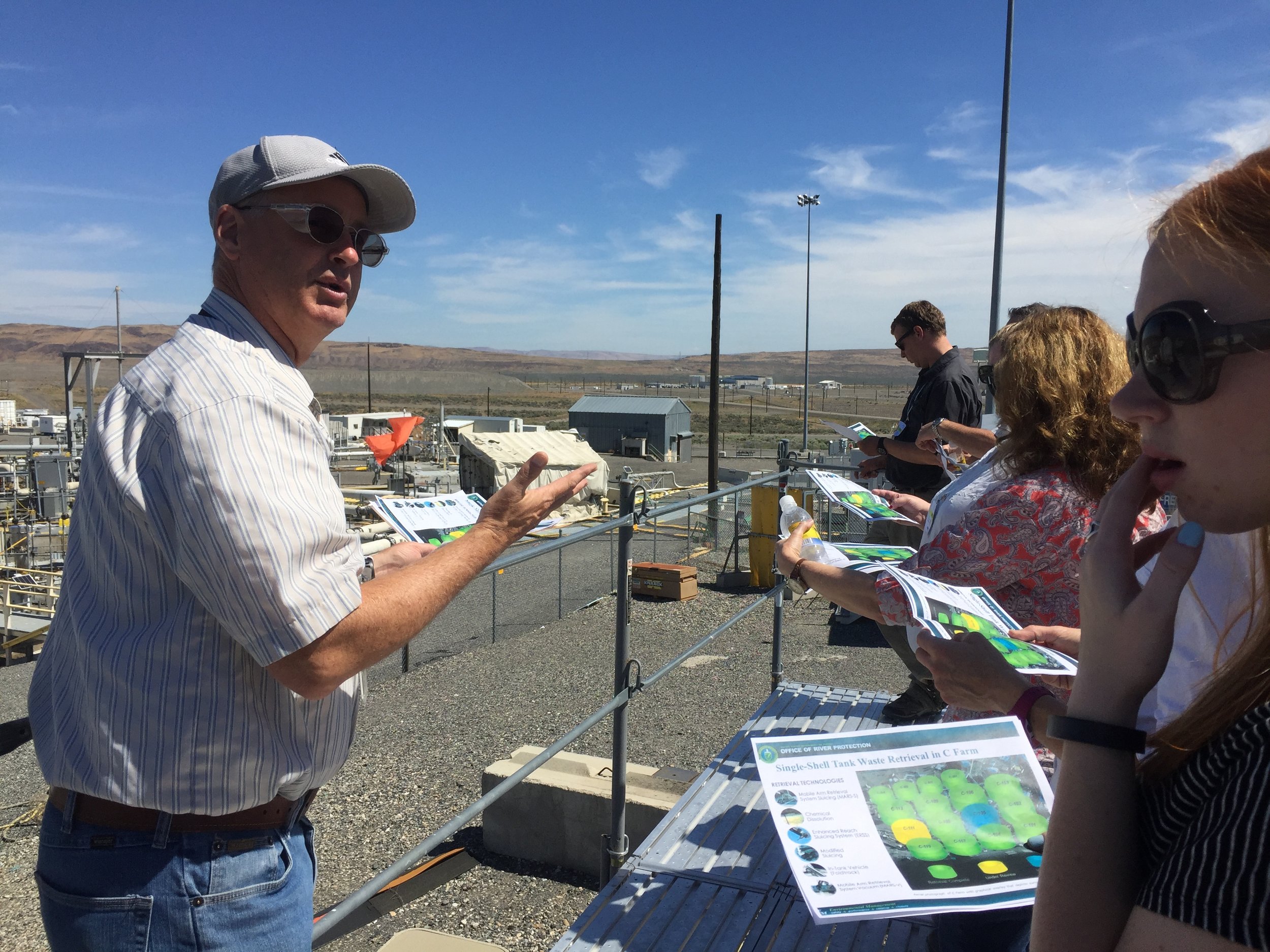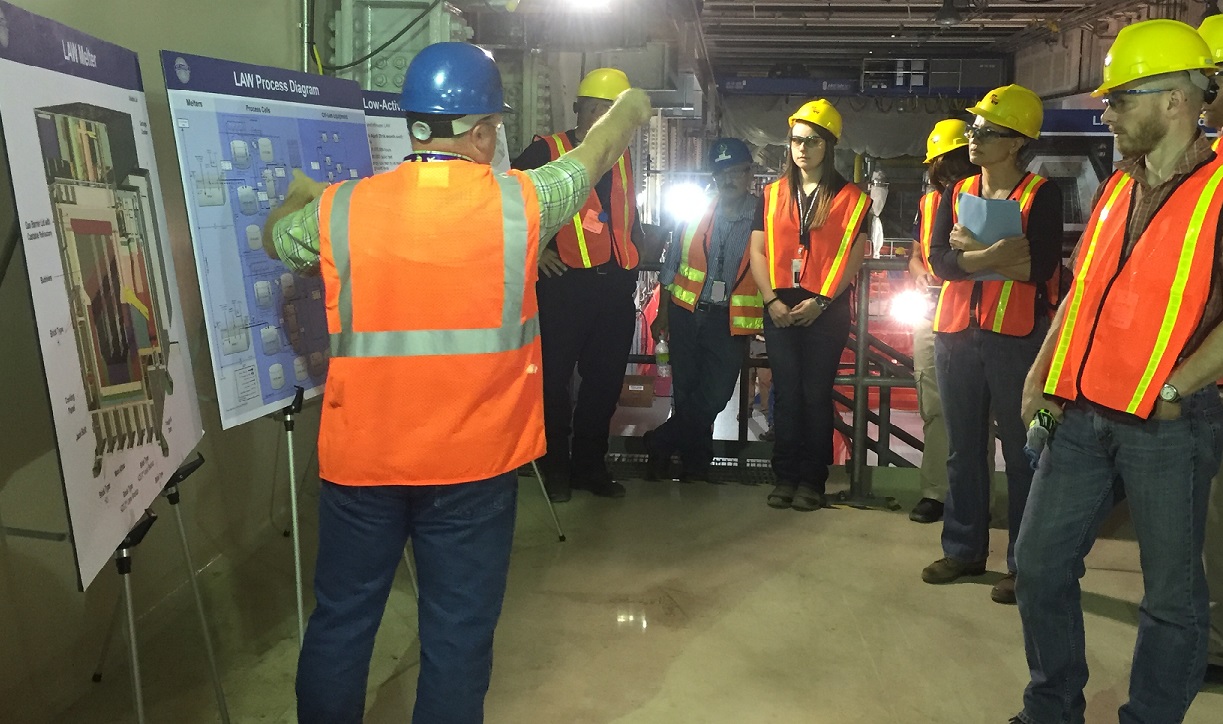On Site at Hanford
Last week, a group of Oregon Department of Energy staff, Oregon State Legislators, and Oregon Hanford Cleanup Board members toured the historic Hanford nuclear site in Richland, Washington.
For more than 40 years, the federal government produced plutonium for America’s nuclear weapons program at Hanford. The site served as an important part of American history, but four decades of production and research created an immense amount of chemical and radioactive waste.
Hanford ended its plutonium production in 1989, and the focus turned to cleanup of the site. At the time, experts thought the cleanup would take about 30 years. It has been nearly 30 years already – and while we have made progress, there are still decades of work left to go.
Oregon has a tremendous stake in ensuring the safe and timely cleanup of Hanford, since it sits along the Columbia River just 35 miles from Oregon’s border. From Hanford, the Columbia flows through prime Oregon farmlands and fisheries. Radioactive and chemical contamination pose long-term threats to these important resources, so the Oregon Department of Energy’s focus has been to ensure cleanup is protective of the river.
The tour checked out waste burial grounds, the under-construction Waste Treatment Plant, a radioactive waste “tank farm,” an Environmental Restoration Disposal Facility, a pump-and-treat facility for cleaning groundwater, and the historic B Reactor, which is now part of the Manhattan Project National Historic Park.
You can sign up for a tour of the B Reactor or the cleanup sites this summer at http://www.hanford.gov/.

